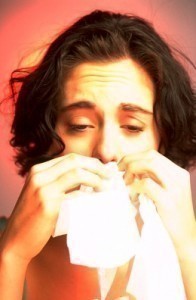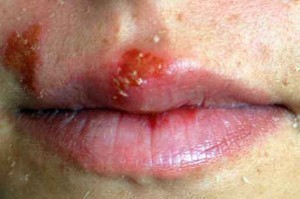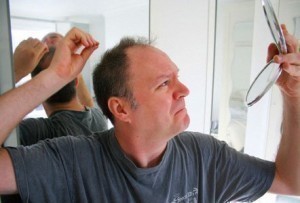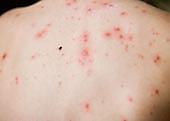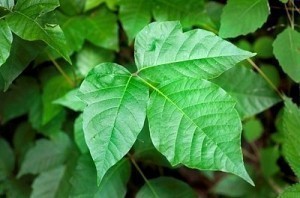Hair Loss Treatment
In lay man’s terms, hair loss basically means a state or condition when your hair is lacking where it used to grow a lot. The connotation, of course, is that the loss of hair usually occurs on the head. Hair loss is a condition that is also called alopecia, which is often seen as unpleasant or unwelcome.
Understanding Alopecia
All of our hairs grow in a cycle. They begin by growing on your head, then they rest, and finally fall out. This hair cycle is usually repeated year in and year out. If you shed about 50 and even up to a hundred hair strands, then relax, it’s only normal. When a hair on your head falls off, new hair grows on the former hair’s spot.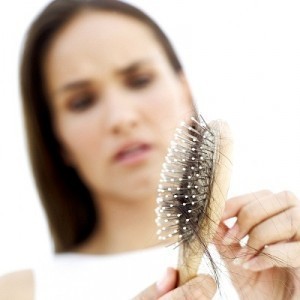
Half of the total population will experience hair loss when they reach the age of 50. Those who shed a lot of hair or find that their hair falls out and gets thinner should consult a dermatologist. When that occurs, hair loss treatments become necessary.
Factors That Cause Hair Loss
Before subscribing to any form of hair loss treatment, one should identify any possible causes of hair loss. The following are possible causes of hair loss. Some factors may require hair loss treatments while other won’t.
Infections: Patches of hair on a patient’s head is either lost or eventually replaced by pink scaly skin. An example of a common infection that can cause this is a ringworm infection, which is quite common among children.
Childbirth: A pregnant mother will have a lot of her hair enter the resting stage immediately when she delivers her baby. These will eventually fall off up to the third month after delivery. This is usually only a temporary condition and will not require hair loss treatment.
Life Stressors/High Fever/Major Surgery: These conditions usually occur up to three months after a major life stressor such as high fever, major surgery, severe infection, or a death of a loved one. The condition will eventually correct itself but it may also require hair loss treatment.
Inadequate Protein Diet: Some people who go on crash diets and abnormal eating habits sometimes develop protein malnutrition. Sometimes some vegetarians also develop this condition. Substantial hair shedding may occur for about three months after but this condition is corrected by eating the correct amount of protein.
Thyroid Disease: Hair loss is triggered by either an under active or overactive thyroid. One needs proper treatment for this disease to avoid hair loss.
Medications: Some medications and prescriptions may cause temporary hair shedding. This only occurs on a small percentage of those to take the said drugs. Examples of these medications include cancer treatment drugs and blood thinners.
Birth Control Pills: Women who suffer hair loss when taking birth control pills have inherited a hair thinning tendency.
Alopecia Areata: This is a condition where one’s head loses all the hair until becomes totally smooth. The disease can affect anyone of any age.
Iron Deficiency: This can be corrected by taking iron pills. It can be detected using lab tests.
Androgenic Alopecia: This condition also runs in families and is the most common type of hair loss. Hair usually thins starting at the front of the head and progressively goes on to the back.
Hair Loss Treatment
If you are experiencing temporary hair loss due to any of the factors mentioned above then it will eventually end when the cause, like stress or iron deficiency, stops. If hair loss is caused by an infection then doctor prescribed antibiotics or antifungal medication will be required.
Doctors may inject steroids like triamcinolone into affected areas for those who have alopecia areata. Unfortunately there is no cure for androgenic alopecia. However there are treatments to help with the situation. Examples of such prescription medications are finasteride for men and minoxidil, which works for men and women.
One may opt for hair transplants if necessary. Another option is to select a hair style that conceals hair loss. Wigs and hairpieces may also be worn especially when one has severe hair loss.

